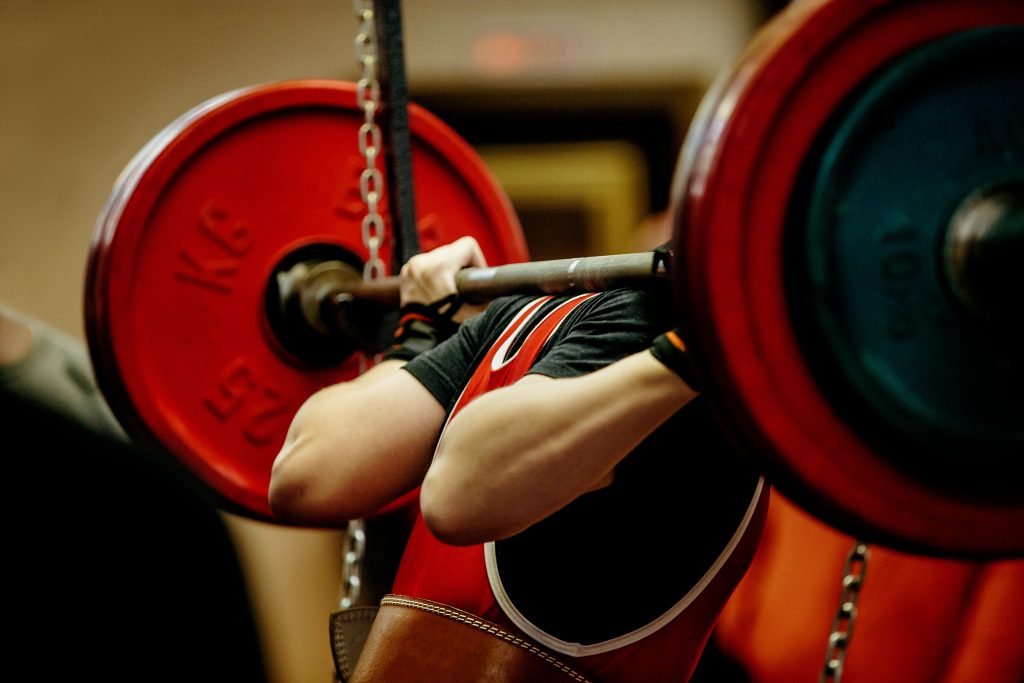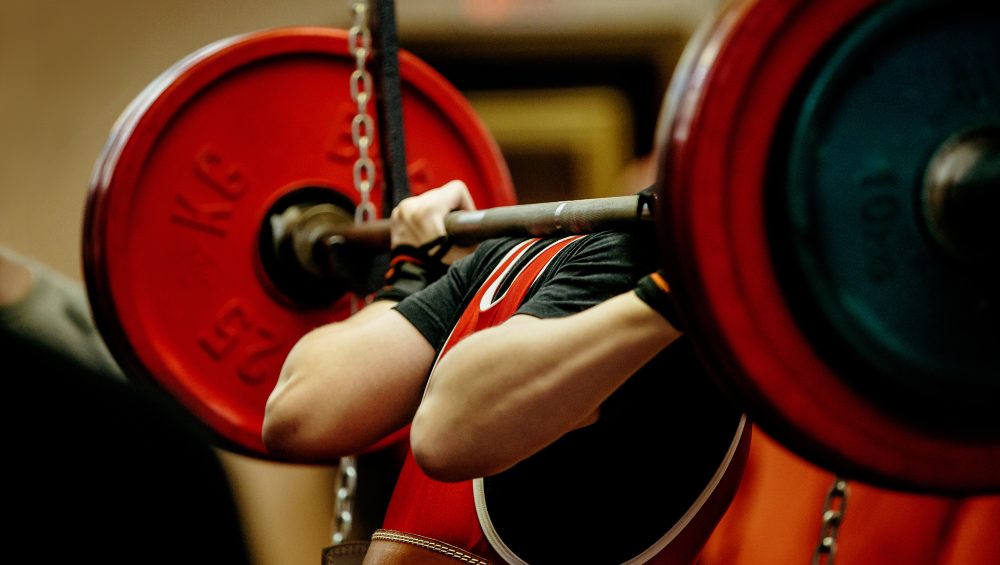Last week I wrote about “fillers,” what they are, why I’m a big fan of them, and how I include them into my programs on deadlift day(s).
You can catch up HERE if you happened to miss it.
The post seemed to resonate with people so I decided to expand the concept to include how I go about utilizing fillers with other common exercises.
Today: squatsssssss.

Filler’up
The beauty of fillers is that, much like tv shows based in the city of Chicago – Chicago Fire, Chicago Med, Chicago Justice, Chicago Sanitation, Chicago Teacher’s Union1 – there’s an endless array to pick and choose from.
What follows isn’t close to an exhaustive list.
What’s more, fillers can serve as a splendid opportunity to individualize someone’s program to hone in their unique injury history or their unique mobility/stability deficits.
QUICK ASIDE: When it comes to writing training programs for people, there are more similarities across the board than there are differences.
Far too often I find coaches/trainers making things more complicated than they have to be. Mike Boyle spoke to this not too long ago on social media:
People really want training to be complicated? Same group today 1 Euro BBall, 2 MLB pitchers, 2 position players, 2 national caliber female lacrosse players, 1 national level field hockey player, 1 NCAA female ice hockey player. 90% same. #sportspecific ?
— Michael Boyle (@mboyle1959) January 11, 2019
- Squat
- Hinge
- Carry
- Push
- Pull
- Single Leg
- Core
Training programs, more often than not, revolve around these movement patterns, and the individualization generally comes down to what iteration of said movement pattern best fits the goal(s), injury history, and ability level of the athlete/client.
More to the point, instead of focusing on the facade of “sport specific training,” the better moniker should be centered on “people specific training.”
But that’s a hefty conversation for another time.
In the end, like I said, fillers are an ideal way to provide some semblance of customization into a program.
Fillers For Squats
Much like the deadlift, there are many moving parts to a squat which the body requires access to.
Starting from the bottom-up:
- Ankle Dorsiflexion
- Hip Flexion, in addition to Hip Internal Rotation
- T-Spine Extension
- Shoulder Mobility (specifically glenohumeral external rotation with regards to back squats)
- Core stability, lumbo-pelvic control
- Expecto Patronum spell2
Here are a handful of fillers for your consideration:
1) Hip Flexor Mobilization with IR/ER
The plain ol’ vanilla Wall Hip Flexor Mobilization is still one of my all-time favorite fillers, but this variation, which I stole from my boy Dean Somerset, adds another level to it.
Squatting requires hip flexion, and deep(er) hip flexion also requires hip internal rotation. Adding this in between sets of squats will make your hips feel nice-n-juicy.
The key, though, is to actually get motion from the HIP and not just crank through your lumbar spine. I like to put my hand on my ASIS and then “drive” that towards and away from my opposite (up) knee. In short, I think about opening and closing my pelvis.
There isn’t a ton of range of motion with this drill, but serves as a nice way to “unglue” the hips.
5 reps per direction/side is money.
2) Seated 90/90 Hip Switch (Progressions)
What I like most about this drill is that it hits both hip INTERNAL and EXTERNAL rotation simultaneously. The objective is to keep your chest up as best you can, along with your feet staying cemented to the floor.
1st Progression = Supported (hands)
2nd Progression = Unsupported (no hands)
3rd Progression = Adding in additional end-range Hip IR on the trail leg (be sure not to crank through your QL).
4th Progression = I don’t know, blindfolded? A new Bird Box challenge?
Shoot for 5-8 repetition per side (depending on which progression you’re doing). Hands Supported = high(er) reps. End Range Hip IR = you’ll hate life.
3) Side Lying Open Book
This one is pretty self-explanatory, and a great drill to help open up the chest and work on mid-back mobility.
Lie on the floor with a foam roller (or yoga block) underneath your top knee to prevent you from falling into excessive lumbar rotation. With your hips & shoulders starting stacked, “open” your top side by following your hand with your eyes.
BE SURE YOU’RE BELLY BUTTON DOESN’T GO ALONG FOR THE RIDE (it should stay put).
5 reps/side.
4) Pec Stretch with End Range Lift Off
This one comes courtesy of the Prehab Guys.
Unlike the Front Squat the Back Squat requires much more shoulder mobility; particularly humeral abduction and external rotation.
This is a nifty drill to help with both (along with helping to improve the ability to posteriorly tilt the scapulae).
3-4 reps/side should do the trick.



